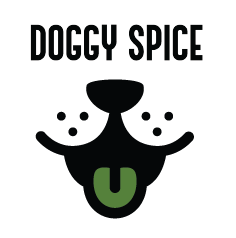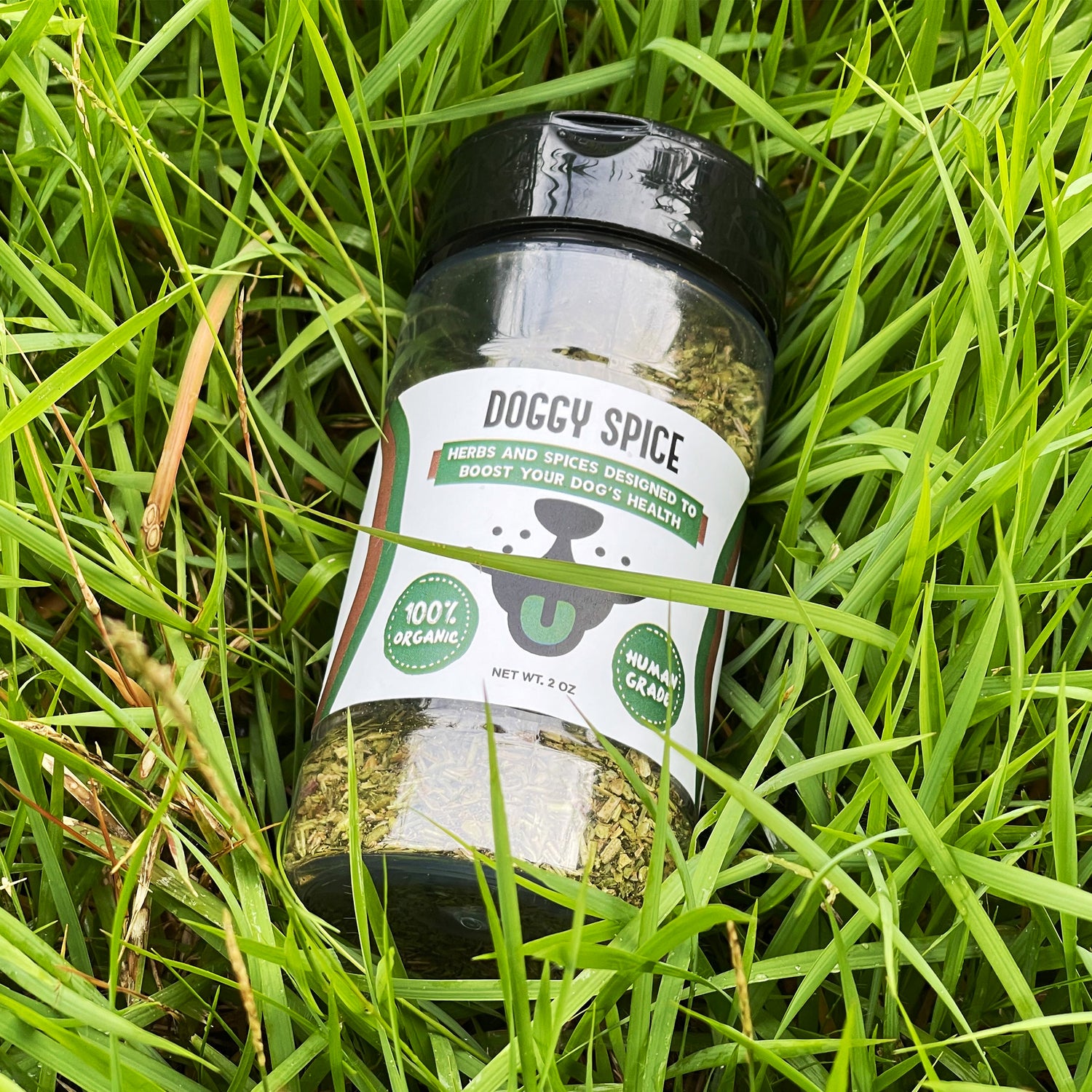
The Benefits of Enrichment Toys for Puppies: Keeping Their Minds Sharp
Share
Introduction
For new puppy owners, providing the right kind of stimulation is essential for their pet’s growth and happiness. Enrichment toys play a vital role in keeping your puppy’s mind sharp while also supporting their physical and emotional well-being 🌈.
In this guide, we’ll explore the many benefits of enrichment toys, recommend the best options, and provide tips for using them effectively.
Why Are Enrichment Toys Important for Puppies?
Puppies are naturally curious and energetic. Enrichment toys provide:
- Mental Stimulation 🤭: Toys engage a puppy’s brain, helping to improve problem-solving skills and cognitive development. Find out the best toys for mental stimulation for dogs.
- Physical Exercise 🏋️: Active toys encourage movement, aiding in physical development and energy management. Also, learn how to create the best exercise routine for your dog.
- Emotional Balance 🌿: Enrichment reduces boredom, anxiety, and destructive behaviors by keeping your puppy engaged.
- Skill Building 🎓: Puzzles and interactive toys help puppies develop focus and patience.
Benefits of Enrichment Toys for Puppies
- Boosting Cognitive Development
- Interactive toys challenge your puppy’s brain, teaching problem-solving and decision-making.
- Toys like treat-dispensing puzzles improve memory and focus.
- Reducing Undesirable Behaviors
- Enrichment toys prevent destructive chewing by redirecting your puppy’s energy.
- Helps alleviate separation anxiety by providing a distraction while you’re away.
- Enhancing Physical Health
- Toys like tug ropes and fetch balls promote healthy physical activity.
- Active play supports muscle and bone development in growing puppies.
- Improving Emotional Well-being
- Keeping puppies occupied reduces stress and fosters a sense of security.
- Toys with soothing textures or scents can calm anxious puppies.
Recommended Enrichment Toys for Puppies
Puzzle Toys 🧩
|
Toy Name |
Benefits |
Example Brands |
|
Treat-dispensing Ball |
Improves problem-solving skills |
Kong, PetSafe |
|
Snuffle Mat |
Encourages natural foraging |
PAW5, Stella & Chewy’s |
|
Interactive Puzzle Board |
Develops cognitive abilities |
Outward Hound, Trixie |
Chew Toys 🦴
|
Toy Type |
Benefits |
Example Brands |
|
Rubber Chew Toys |
Soothes teething discomfort |
Kong Puppy, Nylabone |
|
Rope Toys |
Supports dental health |
Mammoth, Frisco |
|
Frozen Chew Toys |
Reduces gum inflammation |
Petstages, Benebone |
Active Toys 🎾
|
Toy Type |
Benefits |
Example Brands |
|
Fetch Toys |
Provides physical exercise |
Chuckit!, Nerf Dog |
|
Tug Toys |
Builds strength and coordination |
Mammoth, ZippyPaws |
|
Motion-activated Toys |
Encourages independent play |
SmartyKat, PetDroid |
“Mental enrichment is just as important as physical exercise for puppies. Toys that challenge their problem-solving abilities help foster well-rounded, confident dogs.” — Canine Behavior Institute
Tips for Using Enrichment Toys Effectively
- Rotate Toys Regularly ♻️: Keep your puppy’s interest alive by swapping toys weekly.
- Supervise Playtime 🐾: Always monitor your puppy when introducing new toys to ensure safety.
- Match the Toy to the Puppy’s Age 🧡: Choose age-appropriate toys for safe and effective play.
- Incorporate Treats 🍬: Use treats or kibble with interactive toys for added motivation.
- Start Slow ⚡: Gradually introduce complex toys to avoid overwhelming your puppy.
Enrichment Toys and Puppy Development Stages 🐶
Puppies go through critical developmental stages during their first year, and enrichment toys can play a vital role in each phase:
-
Neonatal to Transitional Stage (0–3 Weeks)
- While puppies are too young for toys, introducing soft textures helps them adapt to sensory input.
-
Socialization Stage (3–12 Weeks)
- Why it’s crucial: Puppies are learning about the world around them. Toys that squeak, crinkle, or move enhance sensory stimulation and build confidence.
- 👉 Recommended toys: Plush squeaky toys, mini balls, and gentle tug toys.
-
Juvenile Stage (12 Weeks–6 Months)
- Why it’s crucial: Puppies start teething and developing muscle strength.
- 👉 Recommended toys: Durable chew toys, rope toys for light tug-of-war, and interactive feeders.
-
Adolescence (6 Months–12 Months)
- Why it’s crucial: Energy levels peak, and puppies may exhibit destructive chewing if not mentally engaged.
- 👉 Recommended toys: Puzzle toys with adjustable difficulty and tough, treat-dispensing toys.
Matching toys to these developmental stages helps puppies grow into well-rounded, confident adult dogs.
The Role of Enrichment Toys in Bonding With Your Puppy 🤝
Enrichment toys don’t just benefit your puppy—they can strengthen your relationship, too.
Why Bonding Matters:
Puppies are naturally curious and rely on their owners to guide them. Engaging in play with enrichment toys fosters trust, communication, and emotional connection.
Interactive Play Ideas:
- Tug-of-War: Use a sturdy tug toy to encourage healthy play that teaches bite inhibition and boundaries.
- Hide-and-Seek: Hide your puppy’s favorite toy or treat-dispensing ball, and encourage them to find it.
- Training with Toys: Use puzzle toys or slow feeders as part of positive reinforcement training to reward good behavior.
The Benefits of Bonding Through Play:
- Improved Obedience: Puppies who enjoy quality playtime with their owners are more likely to follow commands.
- Reduced Anxiety: Regular play with a trusted human companion helps puppies feel secure and less prone to stress.
- Lasting Relationship: Building trust through enrichment toys sets the foundation for a strong, lifelong bond.
Enrichment Toys for Puppies Frequently Asked Questions (FAQ) 🧐
What types of enrichment toys are best for puppies?
Interactive puzzle toys, chew toys, and fetch toys are great for stimulating a puppy’s mind and body.
How often should I give my puppy enrichment toys?
Daily! Puppies benefit from at least 30 minutes of mental stimulation spread throughout the day.
Are enrichment toys safe for teething puppies?
Yes, as long as they are designed for puppies and made of non-toxic materials. Chew toys can soothe teething discomfort.
Can enrichment toys help with training?
Absolutely. Puzzle toys can be used as rewards during training to reinforce positive behaviors. Check out the best puzzle toys for mental stimulation.
What should I do if my puppy loses interest in toys?
Rotate the toys or introduce new challenges, like adding treats or changing the environment for play.
Top Herbs and Spices to Keep Your Dog Healthy All Year 🌿
- Cleavers (Galium Aparine) - Supports lymphatic health
- Rosemary- Antioxidant-rich
- Dandelion Greens - Provides vitamins A, C, and K
- Basil - Calming properties
- Peppermint - Aids digestion
- Celery Seeds - Anti-inflammatory benefits
- Dill - Rich in antioxidants
- Oregano - Immune-supporting
- Parsley - Supports fresh breath
- Thyme - Immune booster
- Ginger - Soothes stomachs
- Tumeric - Anti-inflammatory properties
These herbs and spices can easily be incorporated into your dog’s meals with Doggy Spice to promote overall well-being. 🌱
Conclusion
Enrichment toys are more than just fun accessories for your puppy; they are essential tools for fostering mental sharpness, emotional stability, and physical health. By choosing the right toys and using them effectively, you can set your puppy up for a lifetime of happiness and success 🐶. Remember to monitor your puppy’s playtime and adjust based on their preferences and needs.
References
- American Kennel Club (AKC). (n.d.). Best Toys for Puppies: Keeping Them Entertained. Retrieved from https://www.akc.org/expert-advice.
- Canine Behavior Institute. (2023). Mental Enrichment and Its Importance for Puppies. Retrieved from https://caninebehavior.org.
- PetMD. (n.d.). Puppy Development and the Role of Toys. Retrieved from https://www.petmd.com.

